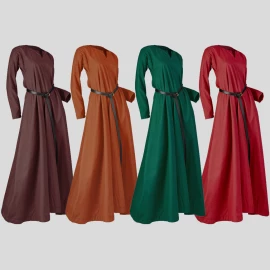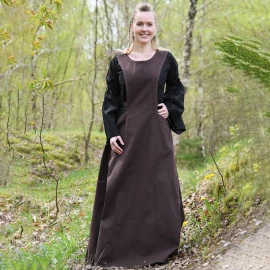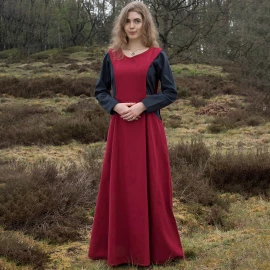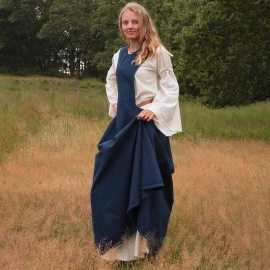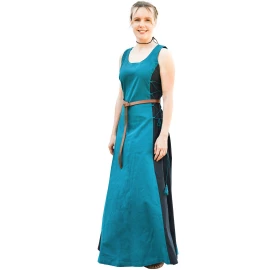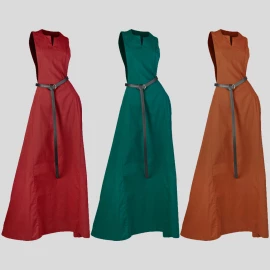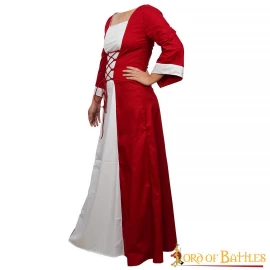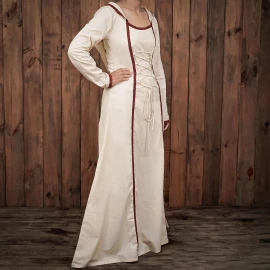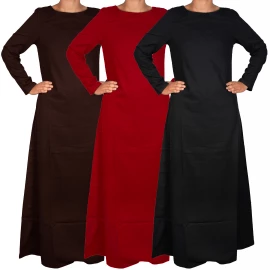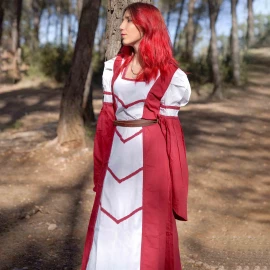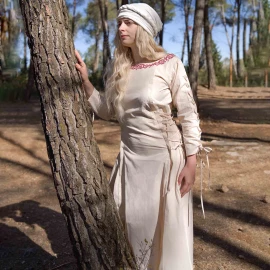Gothic dresses and robes
Clothing in the Middle Ages in Europe reflected the place of the dressed person within the medieval estates order. However, the differences between the stands were mostly only in the material used and the associated ornamental advice. Linen, hemp, nettle (these three especially for use in underwear) and sheep's wool (especially for outerwear) were available as textile materials for the low stalls. The higher level was able to additionally resort to expensive imported silk and generally used better textile qualities and finished cloths.
Filter products
Filter exactly what you are interested in.
11 items out of 48 found
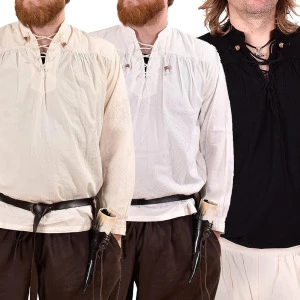
Order a Custom-Tailored Costume from Outfit4Events. Here is How!
Ever been browsing through historical records and found that your favourite historical figure has a unique outfit or look that we don't offer in our store? Or maybe you would prefer a medieval cloak in an unusual colour? Here is great news for you -…
Gothic dresses and robes
Clothes of the woman in gothic style
Like the men, the women wore a foot-length and long-sleeved petticoat, the cotte, which was usually sewn of linen or silk. A loose, long, sleeveless overdress, the Surcot, was pulled over it, and it was equipped with a train.
The Burgundian fashion was corporeal, with a long, slack skirt and a tight-fitting bodice tied over the front of the shirt. Under the low neckline you wore a belt. As a headgear, the married women still wore the Giver or Rise, a folded headscarf. Especially in Burgundy Hennin was widespread, a cone-shaped hood, which was often one meter high and was provided with veils. Young women often wore hoop flowers or ribbon wreaths. As shoes, the women also used reversible shoes.

